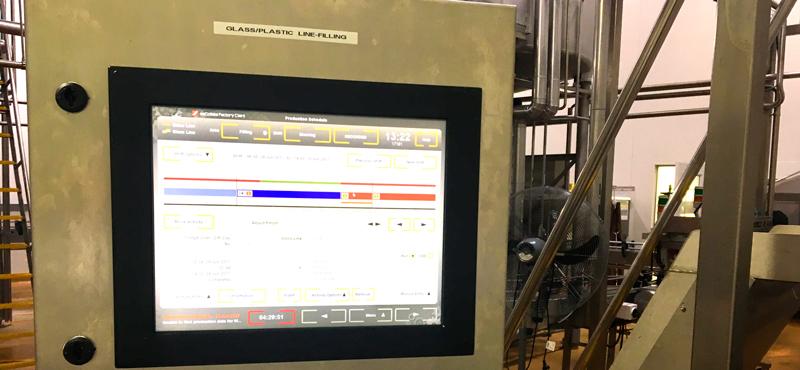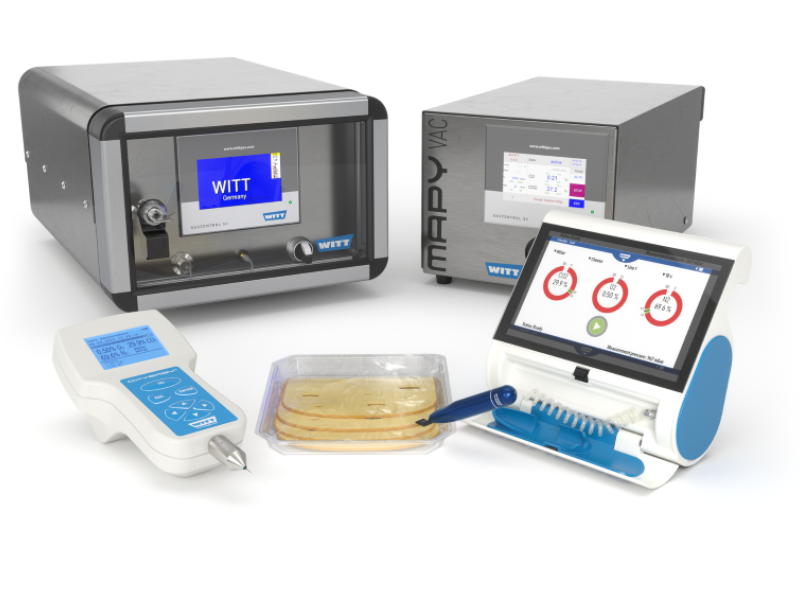It cannot be emphasised enough that if time is spent on the line observing small things, then the bigger problems are unlikely to happen. So says Sean Thomas of Tima Consulting, who also affirms that the human factor on any production line can be a company’s greatest asset, if nurtured and openly appreciated.
Tima Consulting works with businesses to improve individual, team and organisational performance through the effective application of human-social factors, some of which have been within the food and beverage industry.
The main and common objectives across companies are getting an accurate picture of production performance in real time; providing productivity feedback to factory employees that impacts their behaviour; and the provision of a production summary suitable for start of shift or end of shift meetings. The goal behind all the objectives is to improve productivity.
This is not without its challenges. Comments such as “this will never work, we just don’t do things well here” or “you have set the bar too high, there are reasons why this line runs poorly” are the sort of remarks that get Thomas eager to prove them wrong, quickly and easily. Another challenge is the reluctance of some factories to shift their leadership and communication style to one that motivates and engages its employees.
At one site, the “longest run time” (time running without a stop) was almost never over one hour. TIMA has set a target of getting to eight-hour runs without stops by the end of this calendar year. By engaging the line staff - encouraging them to be part of the solution, rather than the problem - and instituting feedback in real-time, the now motivated employees started chasing long runs. The times started creeping up to four hours, then six hours. The record is now over 10 hours. To be fair, says Thomas, there are many other issues to solve, however this outcome was a revelation for the business. “No one believed we would get to eight-hour runs by the end of the year, let alone 10 hours in three months,” he says. “It is also worth noting that this outcome was achieved with no input from management. There were no meetings to discuss what would be required to support the ambition, no resources allocated – the outcomes came as a complete surprise. The results have underlined the importance of engagement before analysis. We could have expended a great deal of effort analysing the situation and formulating a plan.”
At another site the challenge was to engage the engineers and other technical support people to work more closely with the factory employees that operated the plant – rather than to see them as being somewhat inept and part of the problem. By providing immediate feedback on the reasons for down-time, the engineers could focus on fixing those problems and keeping the line running – only to discover that it was not poor operation, but poor set up that was holding production back. Solid and unambiguous data soon dispelled the myths and let all parties develop a deeper respect for the effort and contribution they each made, explains Thomas.
At all sites, the availability of good information to summarise a shift’s performance, or preview the tasks for the day, helps factory employees learn from their actions and focus on the tasks ahead.
Sean Thomas Tima Consulting LTD
Mobile +64 21 543 130
www.tima.co.nz
www.escollate.com







